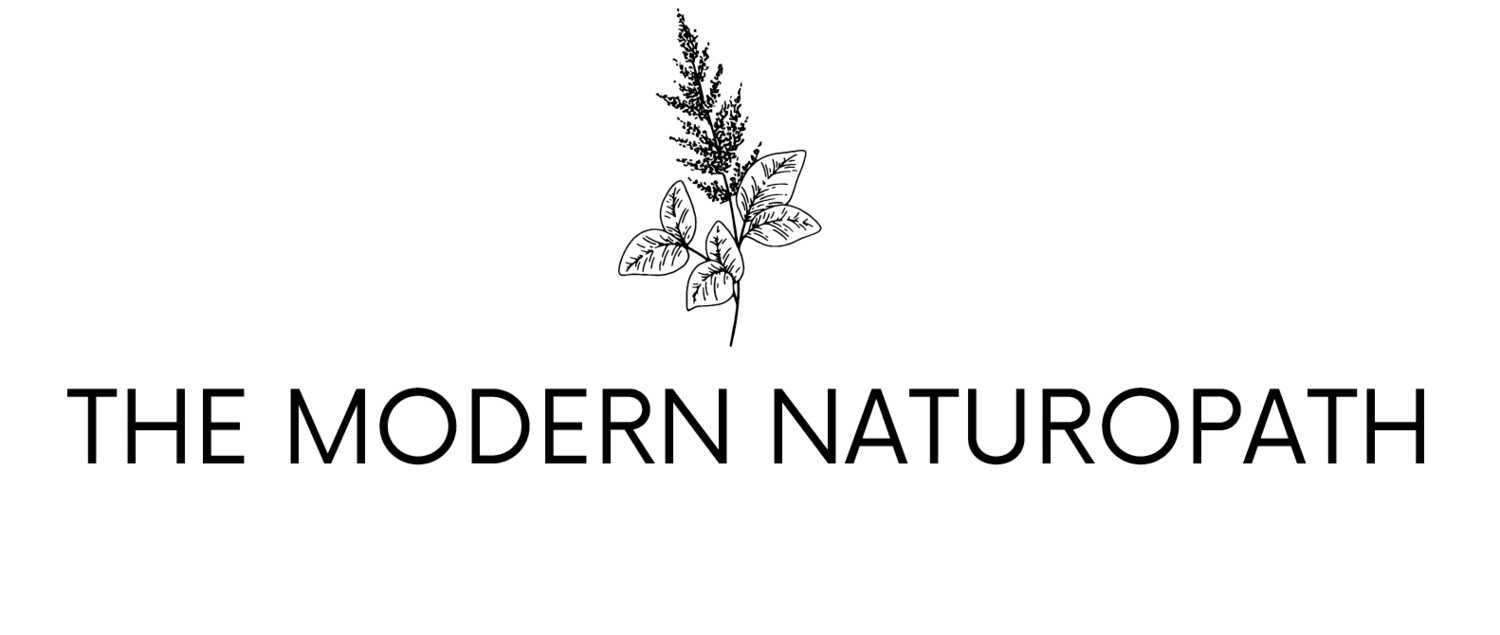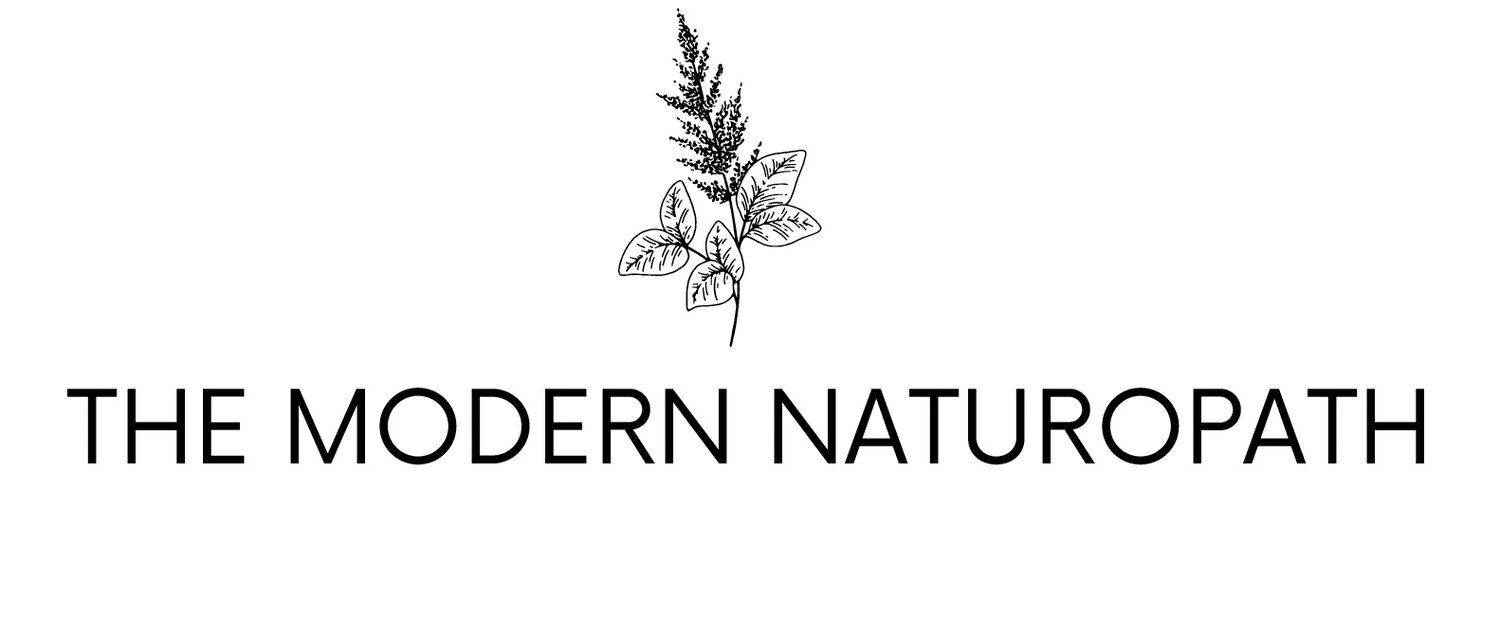What causes acne?
Acne vulgaris is an inflammatory disorder of the skin which consists of the overactivity or blockage of the pilosebaceous ducts due to hormonal fluctuations and excessive oil (sebum) production. The infection and pus we see is thanks to the Propionibacterium acnes bacteria.
Although acne was once thought to just affect teens going through puberty, we now see it rearing its ugly head later on in life due to a number of genetic, hormonal, and lifestyle factors;
FOOD
-Research now shows that diet does play a part such as dairy being inflammatory and containing added hormones, and high intakes of simple sugars affect blood glucose and insulin which lead to hormonal imbalance. A lack of fibre also leads to problems in the gut.
HORMONES
-Hormonal imbalances can also be from reproduction conditions such as PCOS, or PMS.
STRESS
-Psychological, physical, and emotional factors can contribute since elevated cortisol due to stress thickens sebum.
DETOXIFICATION DYSFUNCTION
-If detoxification pathways (that take place in the liver and gastrointestinal tract) are compromised, the body looks for other ways to eliminate the waste products. In naturopathic philosophy the skin is named the ‘second liver’, due to its role in detoxification. A stressed liver places further burden on the skin, leading to conditions like acne.
GUT MICROBIOME DYSBIOSIS
-There is a huge link between the gut and the skin.
Like in all naturopathic treatment, once we find the cause, we can work toward fixing the problem to then reduce symptoms e.g the acne. I like to think of acne as lots of little reg flags the body is waving to let us know something is not quite right in the body. Of course, it is important to add that acne is also way more common than it seems (thanks to filters) and a little bit of acne is completely normal and ok.
As well as healing from the inside as the top priority, I always recommend working externally with the help of a holistic skin specialist.


